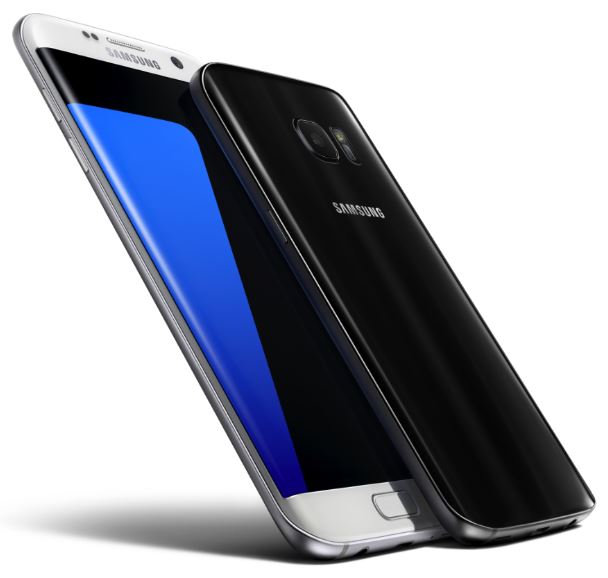The Samsung Galaxy S7 has integrated a function for the display called auto brightness. The ambient brightness is measured via a sensor next to the earpiece. If the environment is bright, then the Samsung Galaxy S7 regulates the screen brightness automatically upward.
Conversely: If the environment is dark, the light of the display is dimmed. This is to ensure that the display brightness is always optimally adapted to the eye and you can read the screen beautifully and effortlessly. However, it can now be that the auto brightness of the Samsung Galaxy S7 does not work properly.
This means, for example, that the display remains dimmed when changing from dark to light and you cannot read anything. If this is the case, then you must calibrate the brightness again. In our guide, we briefly explain how this works on the Samsung Galaxy S7:
1. Take the Samsung Galaxy S7 in your hand and cover the two sensors to the left of the earpiece completely. This simulates the unit to create a completely dark room.
2. Now deactivate the auto brightness via the status bar and move the control for the brightness completely to the left (Note: the sensors still have to be covered!)
3. Now briefly activate the auto brightness and deactivate it directly afterwards. (Note: the sensors still have to be covered!)
4. Go to a very bright room or to daylight or a bright desk lamp. Remove the hands from the light sensor.
5. Push the brightness control to "Maximum" and then activate the "Auto Brightness".
With this procedure, you have calibrated the light sensor or the auto brightness of your Samsung Galaxy S7 so that it should work again as desired.


